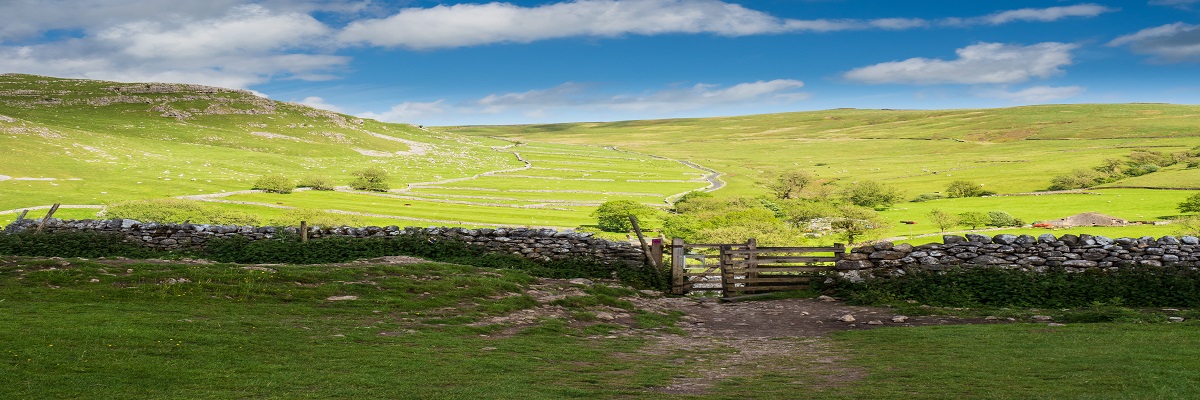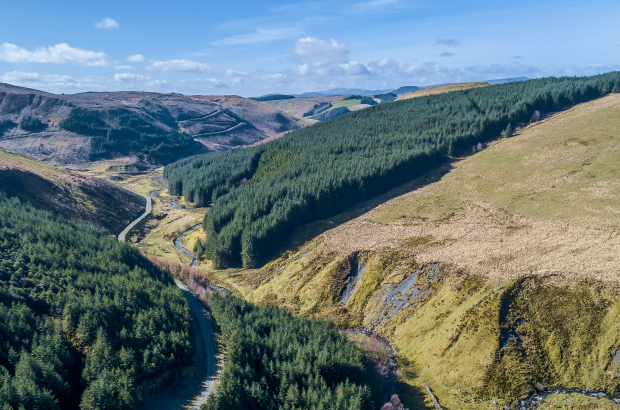Land Business Update | Week Commencing 26 May 2025
Farming & food
Higher Level Stewardship (HLS) payment rates increased for many options (England)
Rates will increase by around 34% for each option, bringing them more in line with rates paid by the Countryside Stewardship and Sustainable Farming Incentive (SFI) schemes but still below them for many options. The rates had not been increased for 10 years. The increases will lead to an additional £30m being paid to agreement holders and will be applied to 2025 claims, which are paid from December 2025 onwards. NB The payment rates for some HLS options are already higher than those for CS and / or SFI.
Natural capital & environment
Scottish emissions targets are deliverable – and land use will play a major role, says CCC (Scotland)
Despite the Scottish Government repealing the interim emissions targets for 2030 and 2040, as it felt that they were beyond what was credible, the Climate Change Committee’s latest advice is that the carbon budgets from 2026 to 2045 are deliverable and Scotland can achieve its 2045 Net Zero target. However, it will require immediate action, at pace and scale. A significant proportion of the reductions come from buildings (so decarbonising heating, more energy efficient buildings) but, from 2026 onwards, the agriculture and land use sectors will be making the biggest contribution of any sector. Much comes from natural carbon sequestration, through increased tree planting (with the need to double planting rates over the next decade) and restoration of degraded peatlands. This offsets emissions from livestock, which should be falling due to feed additives and waste and manure management. The Committee also advises that there should be (i) support for farmers to diversify incomes towards woodland creation, peatland restoration, agroforestry, and renewable energy and (ii) long-term certainty of public funding to reduce emissions from crops and stock.
BNP Paribas finances $50m Amazon conservation initiative (EU)
BNP Paribas, our parent organisation, has, with Everland, issued funding for the first 20 indigenous-led forest conservation projects in the Amazon under the new Equitable Earth Standard, which are projected to reduce emissions by 10 MtCO2e a year and generate over $1bn from the sale of credits in the first 10 years.
Eight toothed spruce bark beetle (Ips) risk heightened due to weather conditions (UK)
The beetles are a risk to spruce trees that are in stressed condition, which is the case for many due to the rain and waterlogging in 2024 followed by this spring’s long period of dry weather, particularly on clay soils. Signs of stress or decline to watch for include top die-back, gingering foliage and canopy decline. The Forestry Commission recommend removal and destruction of trees that are declining to reduce the opportunity for the beetle to establish.
How to help young trees survive prolonged hot dry weather (UK)
The Forestry Commission has produced some useful guidance on how to help newly planted trees through hot and dry weather:
- Water larger ‘standard’ trees – they can require 20 litres of water every other day.
- Weeding – remove vegetation around trees to reduce competition for water.
- Firm up the soil around trees – as cracked soil can expose the trees’ roots. It also reduces evaporation so that the trees extend their root systems in search of water.
Rural economy & property
Strutt & Parker speaking at the Landed Estates & Farm Tax Conference (UK)
Nicholas Watson, one of our senior directors, will be teaming up with Philip Whitcomb of Clarke Willmott to present our new analysis of the effect of the proposed changes to inheritance tax on farms. They will review the potential liability on different sizes of farm and what proportion of farm profits may be needed to pay the tax. Please contact Nick if you would like to discuss inheritance tax or our analysis.
Supreme Court rules in favour of wild camping on Dartmoor (England)
The judges unanimously dismissed the challenge against wild camping. The decision has, unsurprisingly, been welcomed by campaign groups and the Dartmoor National Park Authority, who called it a landmark judgment. The national park is one of the last places in England where camping without landowner permission is allowed by law. Pro-access groups have called for a change in the law to allow wild camping across England and Wales without landowner permission, so it matches rights in Scotland.
Over 50 mobile masts upgraded to provide coverage in rural areas (UK)
Over half of the 50 provide new coverage in Areas of Outstanding Natural Beauty or National Parks, including in the North York Moors National Park, parts of the Southern Upland Way, the Shropshire Hills, Argyll and Bute, Ayrshire, and the South of Scotland. The masts now cover all mobile network operators; originally, they only connected emergency calls and EE customers. It is part of the Shared Rural Network programme, which has increased the coverage from the main four operators from 66% to 81% of the UK. A further 50 are planned to be upgraded by March 2026.
Separately but linked, Ofcom’s latest update on UK broadband and mobile coverage continues to show progress but recognises that work remains to fully close the connectivity gap, particularly in rural areas:
- Gigabit-capable broadband: is now available in 86% of UK homes (up from 83% in July 2024).
- Full-fibre broadband: is now available in 74% of UK homes (up 5% in the past six months).
- 4G mobile coverage: is now available on ~ 96% of the UK landmass.
- Shared Rural Network: overall mobile coverage levels are increasing but have remained stable since September 2024.
Large energy users say high electricity costs are the biggest barrier to green growth (UK)
A range of industries, including steel, glass and cement, are urging the government to move policy costs from electricity bills and on to general taxation, to support the business case for electrification, which is needed to reduce reliance on fossil fuels (which have had significant price volatility in recent years) and reduce emissions.
Rural England Prosperity Fund starting to reopen – keep an eye open for your area (England)
This is an extension of the fund that opened to fill the gap left after Leader, Growth Programme and Countryside Productivity grants. There is £33m available this year to fund projects which will improve local infrastructure or support businesses in rural areas looking to diversify. Typically, the grant will cover 40-50% of the costs of a project, although the maximum grant available can be very variable between local authorities. Details of the funding available for different areas is here. Please call your local Strutt & Parker team if you would like any help in deciding whether to make an application.






